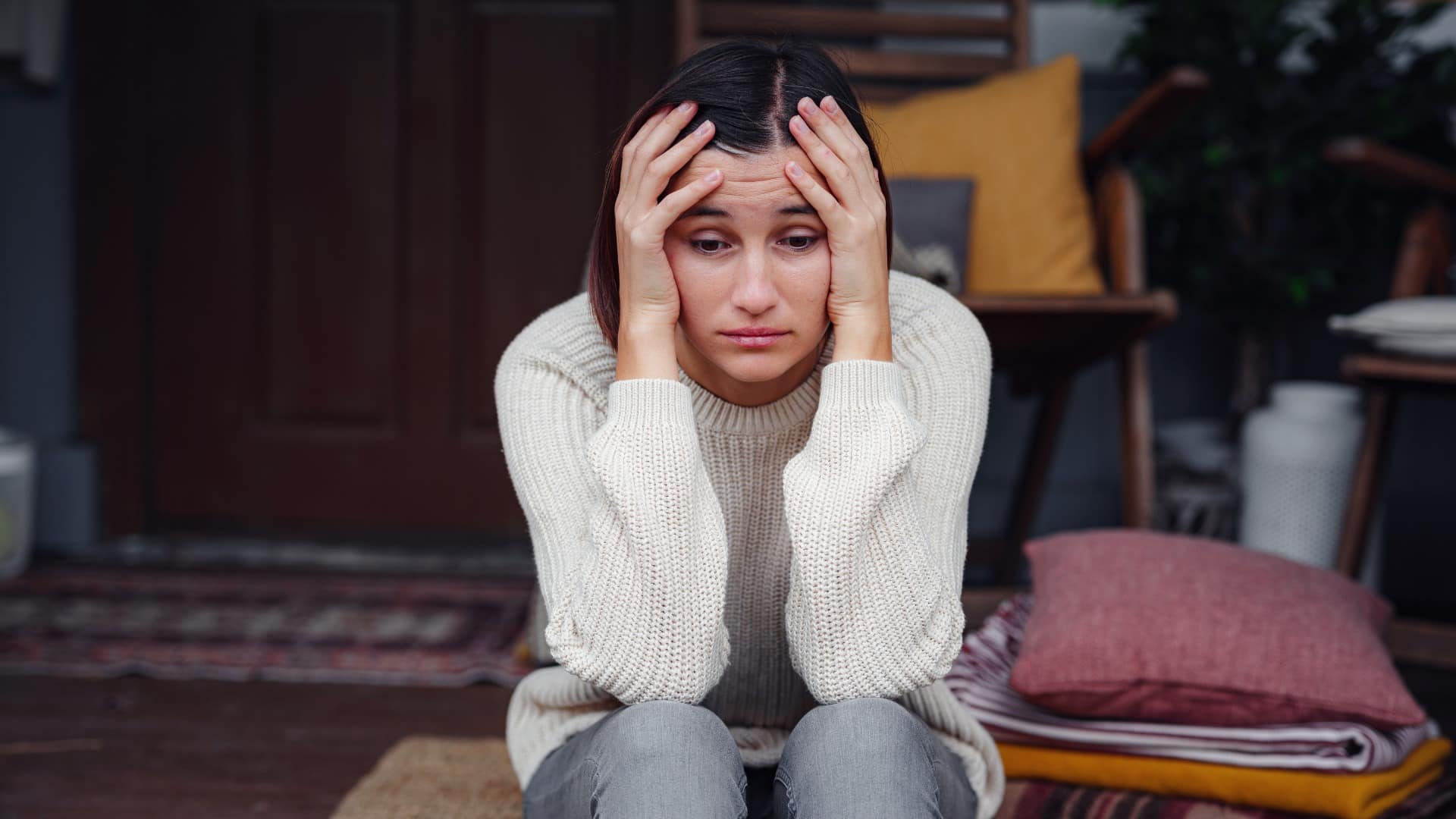In a world constantly buzzing with digital noise, relentless schedules, and ever-increasing demands, there’s one sanctuary that remains steadfast in its ability to rejuvenate the human spirit: nature. Green spaces—parks, gardens, forests, and even that humble backyard tree—offer far more than just aesthetic beauty. They are soul-replenishing havens where the weary can find respite. But how exactly do these verdant corners contribute to our emotional well-being? Is it the air, the greenery, or perhaps something deeper that science is just beginning to understand?
This article dives into the treasure trove that is the world of green spaces. We’ll explore their historical importance, the startling scientific findings that establish their necessity for emotional balance, and why they are more crucial today than ever before. We’ll dispel the myth that green spaces are an urban luxury, extending the conversation to include the rural, suburban, and even the most remote corners of our planet. From social cohesion to environmental impact, we’ll uncover the multifaceted advantages that come with fostering greenery in our lives.
Most importantly, we’ll guide you on a transformative journey on how to create, appreciate, and sustain your own personal green oasis. Let the adventure to a more centered you begin!
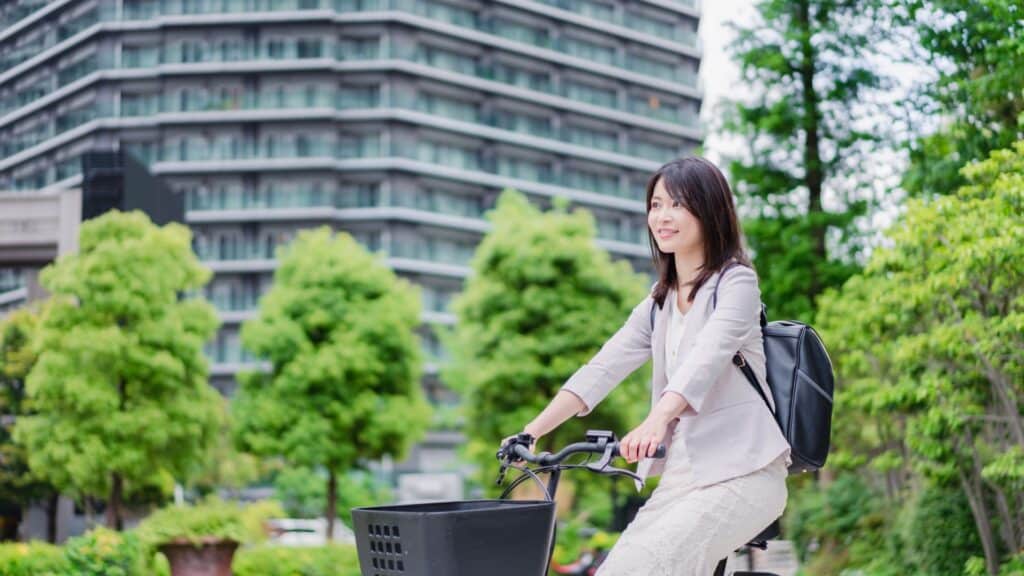
The Essence of Green Spaces
Green spaces are not merely decorative plots of land adorned with plants, trees, and maybe a pond or two. They are complex ecosystems that invite a multitude of life forms to coexist and interact. Each blade of grass, each flower petal, and each buzzing bee plays an integral role in making these spaces the vibrant, rejuvenating environments they are. The sheer diversity of life in green spaces is what makes them truly enchanting.
But let’s dig a little deeper and talk about the emotional symbiosis that green spaces offer. It’s as if the very air in these areas whispers secrets to our psyche, soothing stress and elevating our mood. Green spaces often serve as places for contemplation, where you can detach from the demands of daily life, even if it’s just for a few moments. They are both community hubs and solitary havens, offering a plethora of experiences that are vital for our emotional well-being.
Importantly, the essence of green spaces transcends socio-economic and geographical boundaries. They are just as crucial for a small rural community as they are for a bustling metropolitan city. From window-box gardens to sprawling natural parks, green spaces are versatile, taking on different shapes and sizes while consistently offering the same core benefits: a refuge for the mind and soul.
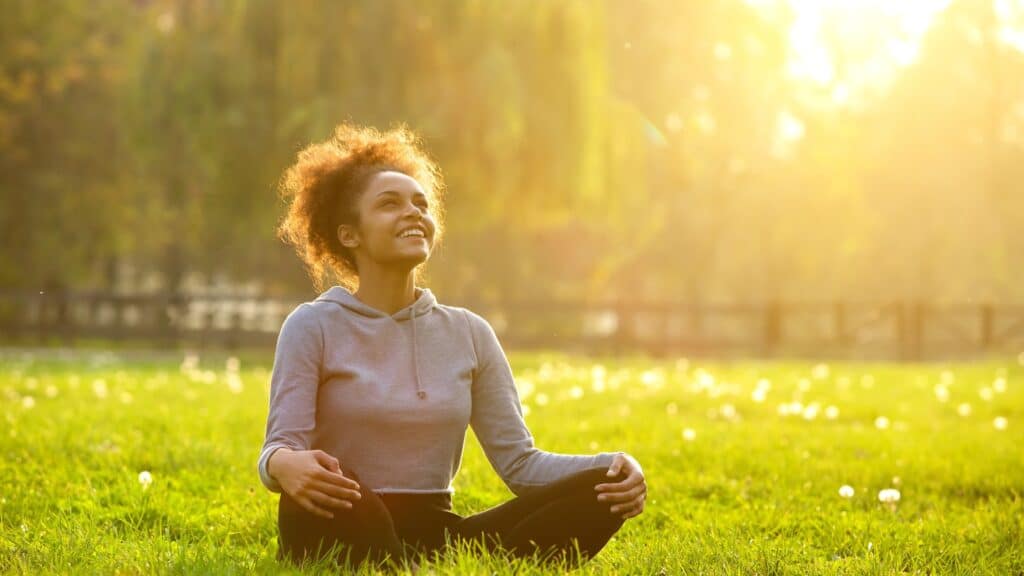
Green Spaces & Emotional Well-Being
The relationship between green spaces and emotional well-being is not just anecdotal; it’s increasingly supported by scientific research. Studies have shown that people who frequent green spaces report higher levels of happiness, reduced stress, and an overall sense of well-being. It’s almost as if nature has an intrinsic power to tune into our emotional frequencies, harmonizing them to produce a sense of tranquility.
But why does this happen? One explanation lies in the aesthetics. Natural beauty—think blooming flowers, the rustling leaves of towering trees, or the gentle lapping of a lake—profoundly affects our sensory experiences. These sensations provide a form of escapism, a break from the chaotic noise and visuals that urban life often exposes us to. They serve as a form of therapy that requires neither appointment nor co-pay, universally accessible to anyone willing to step into the green.
Furthermore, green spaces often act as social catalysts, fostering community bonds. Be it a family picnic or a casual encounter with a neighbor, social interactions in these settings are conducive to emotional upliftment. Even when used for solitude, these areas offer a sanctuary for self-reflection, meditation, and even the simple, yet often overlooked, pleasure of being alone with one’s thoughts. This unique combination of community and solitude makes green spaces essential fortresses of emotional well-being.
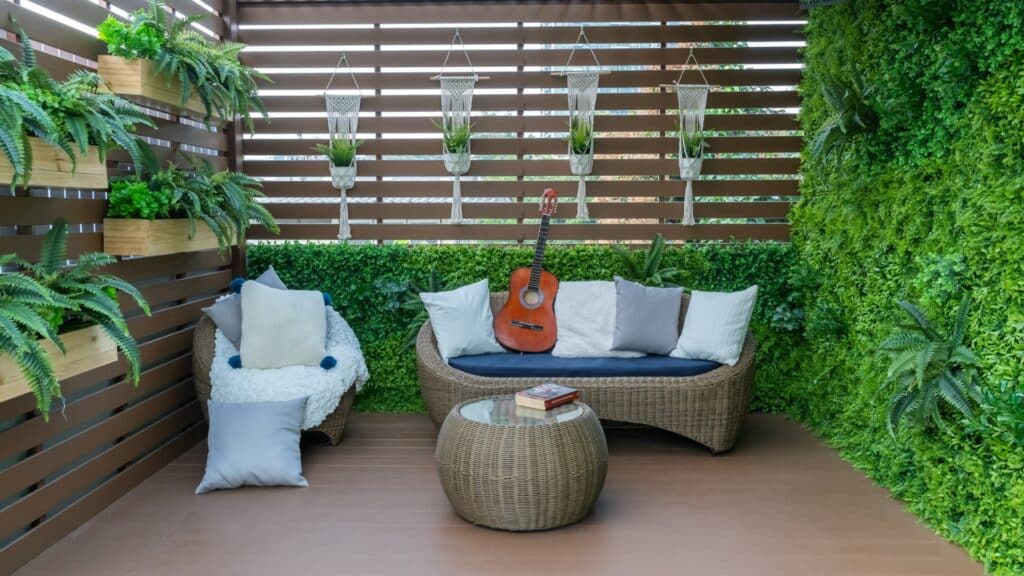
Accessible Greenery
The beauty of green spaces is that they come in various forms, making them accessible to a wide range of people, not just those who live near expansive parks or reserves. From the smallest herb garden on a balcony to community gardens and even urban rooftop terrains, the potential for incorporating green into our lives is vast. This accessibility is crucial because the benefits of green spaces shouldn’t be exclusive; they should be as widespread as possible, reaching into every nook and cranny of our diverse communities.
There’s an inclusive element in this adaptability. Whether you are a city dweller with just a windowsill to spare or someone living in the suburbs with a yard, you can create or engage with some form of green space. Technological advancements in urban agriculture and vertical farming are even enabling us to grow greenery indoors or in areas previously considered unsuitable for plant life. This democratization of green space means that its emotional and psychological benefits are available to you regardless of your housing situation.
Moreover, municipalities and organizations are increasingly recognizing the need for accessible green spaces and are taking initiatives to integrate them into modern urban planning. From “pocket parks” tucked between high-rises to green corridors that weave through cities, innovative projects aim to bring nature closer to everyone. Such efforts do more than beautify the urban landscape; they contribute to a collective emotional well-being, making life more livable for all.

Social Benefits
Green spaces are not just isolated pockets of nature; they are communal hubs where people from all walks of life can congregate. Far from being mere aesthetic elements, these spaces actively foster a sense of community. When you step into a garden, park, or even a well-manicured urban plaza, you’re stepping into a shared experience. Whether it’s families picnicking, friends jogging, or artists capturing the scenery, green spaces are melting pots of diverse activities and interactions.
The design of these spaces often encourages social interaction. Consider the benches, walking paths, and playgrounds that invite people to stay and engage rather than merely pass through. These elements become social facilitators, nudging us toward a more interactive and connected lifestyle. For instance, community gardens are more than just plots of land; they’re grounds for community engagement where people can participate in shared goals and collective responsibilities. Here, social bonds are strengthened through the simple acts of planting, tending, and harvesting.
But it’s not just about the community; it’s also about the individual within that community. Green spaces provide opportunities for self-reflection and solitude, balanced by the option for social interaction. In a fast-paced world that often demands us to be ‘on’ all the time, these pockets of green offer a respite where one can toggle between socialization and solitude, both of which contribute to our overall emotional well-being.
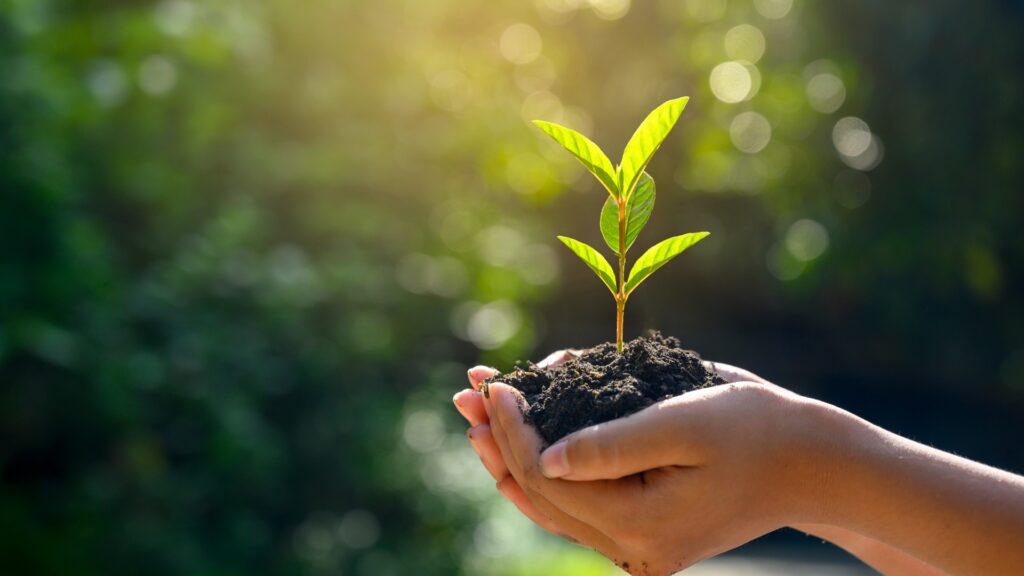
Environmental Impact
Green spaces are more than just a boon for our emotional well-being; they also contribute significantly to environmental sustainability. These spaces act as the lungs of a community, providing an area where plants can convert carbon dioxide into oxygen. This contributes to improved air quality, a critical factor in increasingly populated areas where pollution is a concern.
Moreover, well-maintained green spaces are often integrated into broader environmental initiatives, such as rainwater management and biodiversity preservation. Parks and gardens can host a variety of flora and fauna, acting as mini-reserves that protect local ecosystems. They also serve as educational platforms, offering citizens insights into the importance of sustainable living. Whether through informative signage or community-led workshops on conservation, green spaces become classrooms for environmental stewardship.
By promoting eco-friendly practices, such as composting, recycling, and the use of organic materials, green spaces also set a precedent for sustainable community behavior. When people see their local parks contributing to environmental wellness, it encourages them to adopt similar habits in their own lives.
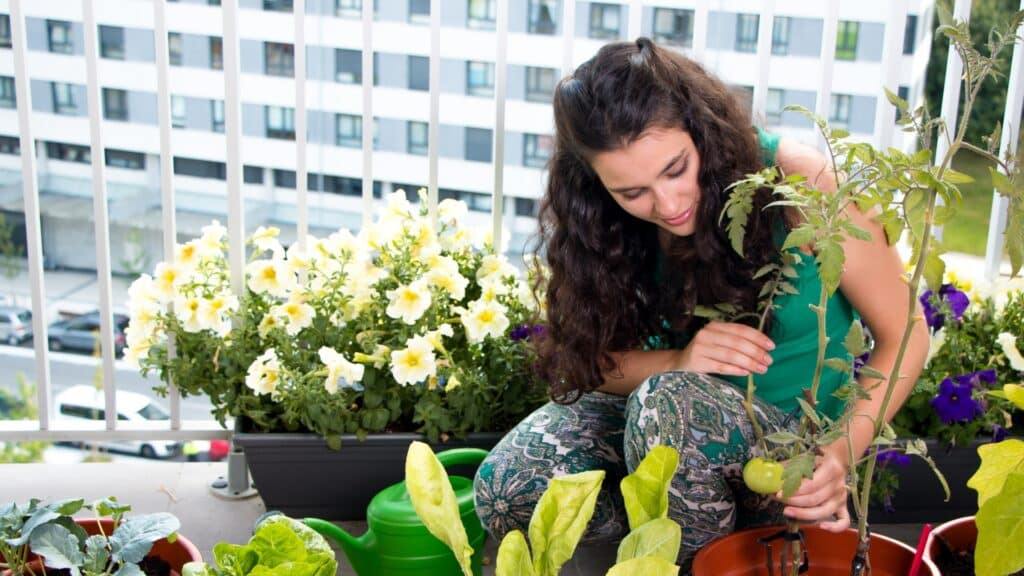
Creating Your Own Green Space
Whether you have a sprawling backyard or just a tiny balcony, the prospect of creating your own green space can be both exciting and transformative. Personal green spaces are a canvas for individual expression and creativity, where you can grow plants that bring you joy, serve practical purposes, or both. You might opt for a flower garden to brighten your view, an herb garden to enhance your cooking, or even a miniature forest to emulate nature’s grandeur.
The first step in creating your green haven is planning. This involves choosing the right plants for your climate and space, determining how much time you can dedicate to maintenance, and deciding the primary function of your green space. Are you looking for a serene area for relaxation or a lively spot for social gatherings? Your choices in plant types, outdoor furniture, and even garden paths will depend on this.
Additionally, the act of caring for your plants can be deeply rewarding. Planting seeds, watching them grow, and eventually witnessing the bloom or harvest is a cyclical process that offers endless satisfaction. It’s not just about the visual appeal; the very act of nurturing a living thing can significantly enrich your emotional well-being. Plus, DIY gardening skills are both fun to learn and cost-effective in the long run.
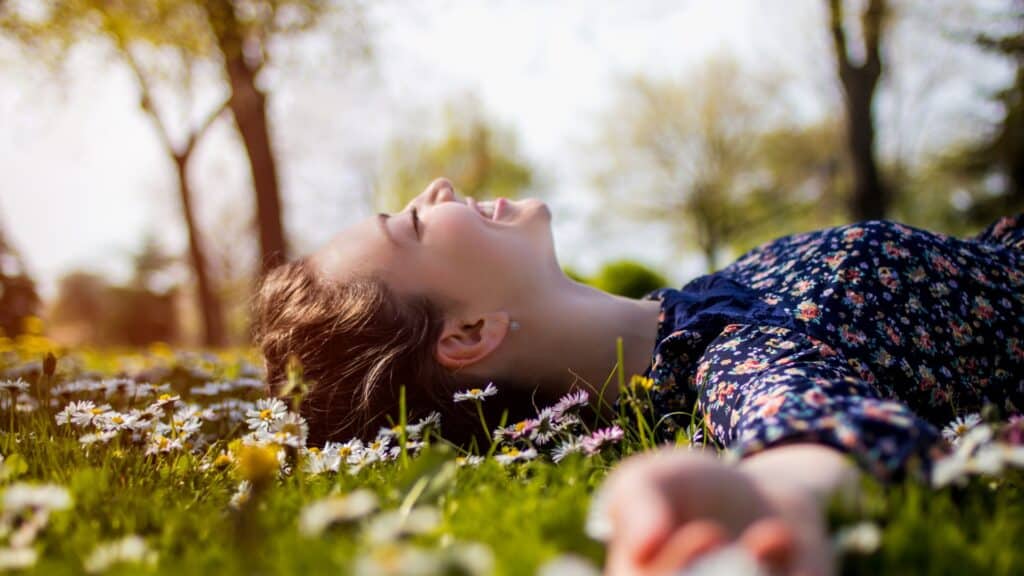
A Call To Action
In a world increasingly defined by concrete jungles and digital screens, the allure of green spaces has never been more critical. If this article has inspired you, don’t just stop at reading—take action! Your emotional well-being, your community, and even the planet could benefit from more greenery. Think globally but act locally; even the smallest garden can make a significant impact.
Start by identifying a spot in your living space or community where you can add some green. It doesn’t have to be grand; even a potted plant can make a difference. Encourage friends and family to do the same; after all, the benefits of green spaces are amplified when they’re a community effort. Share your progress on social media to inspire others. Use hashtags like #GreenSpacesForAll and #PlantLove to connect with like-minded individuals.
Remember, every plant you sow is a step toward emotional well-being and a more sustainable environment. If you’ve been thinking about it, now is the time to dig in—literally. Grab a shovel, plant a seed, and watch as both the earth and your happiness grow.
Conclusion
Navigating through the maze of modern life often leaves us craving the simpler things, and what could be simpler yet more profoundly impactful than green spaces? These oases, whether large or small, public or private, offer far more than just aesthetic appeal. They serve as venues for social interaction, catalysts for emotional well-being, and even as defenders of our environment. As we’ve discussed, the transformative power of green spaces cannot be overstated.
By embracing and advocating for more green spaces in our lives, we’re not just making a lifestyle choice; we’re participating in a movement. A movement that elevates emotional balance, fosters community spirit, and contributes to environmental sustainability. The exciting part? It’s accessible to everyone and requires nothing more than the will to get started. Whether it’s planting a small herb garden on your windowsill or rallying your community to cultivate a local park, the green revolution starts with you. Now, let’s sow the seeds of a happier, greener future together.





